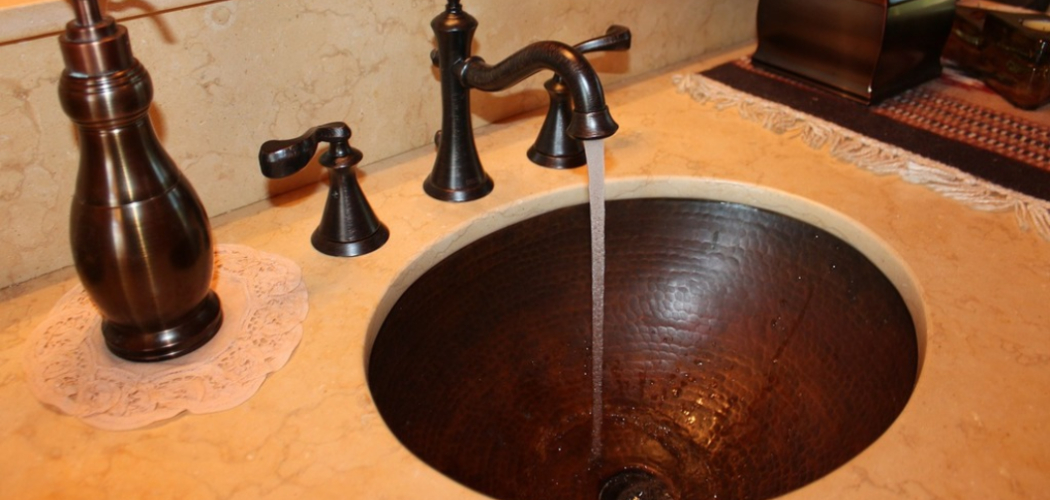Opening a bathroom sink drain is a necessary skill for any homeowner or renter, providing the ability to address clogs and maintain proper drainage. A clogged sink can be frustrating and disruptive to your daily routine, but knowing how to open the drain can help alleviate this inconvenience. In this practical guide, we’ll delve into how to open a bathroom sink drain.
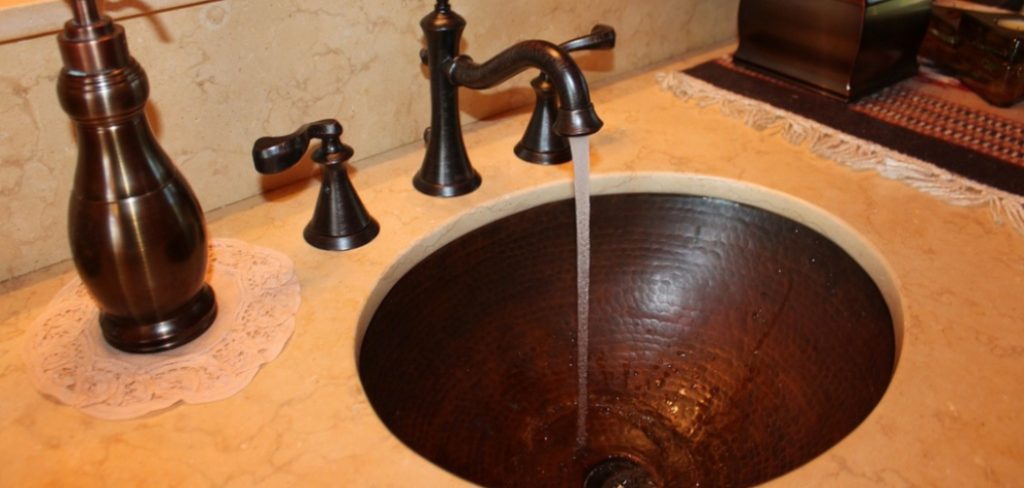
From using simple household tools to employing natural remedies and preventive measures, we’ll equip you with the knowledge to tackle common sink clogs and keep your bathroom sink running smoothly. Let’s empower you with the skills needed to clear those pesky clogs and maintain a functional bathroom sink drain for a seamless daily routine.
Importance of Knowing to Open a Bathroom Sink Drain
It’s essential to know how to open a bathroom sink drain, as this can help prevent costly plumbing repairs and reduce the chances of water damage in your home. However, some homeowners are intimidated by the thought of tackling this task and may not attempt it at all. With the right tools and instructions, though, anyone can learn how to open a clogged sink drain themselves.
For those who don’t know to open a bathroom sink drain, the first step is to check for any blockages in the opening of the pipe. If there are any, these should be cleared away before proceeding further. Next, use a pair of pliers or an adjustable wrench to loosen and remove the nut that holds the sink’s stopper in place.
If the stopper is stuck, use a lubricant or plumber’s putty to help it move more freely. Once the stopper has been removed, inspect the drain for any blockages and remove them using a plunger or snake tool.
Reasons for Needing to Open a Bathroom Sink Drain
In some cases, a sink drain may become clogged due to an accumulation of debris or hair. If left untreated, this can cause water to back up into the sink and create an unpleasant smell. It is important to open a bathroom sink drain in order to ensure that it remains clear and functioning properly at all times.
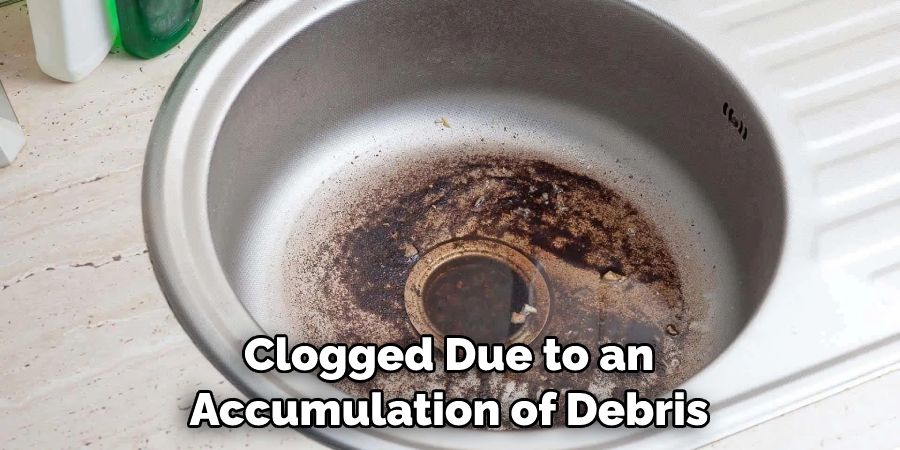
In addition, a clogged bathroom sink drain can also lead to mold growth due to the presence of stagnant water. This is especially true if the area around the sink has poor ventilation, such as in a bathroom with no window or air circulation. Therefore, it is important to regularly check your bathroom sink and open any clogged drains that you may find in order to avoid potential issues caused by mold.
When opening a bathroom sink drain, it is important to ensure that all of the necessary supplies are readily available. This includes a plunger, pliers, and an adjustable wrench. These tools will make opening the drain easier and ensure that all parts of the process are completed correctly.
10 Steps How to Open a Bathroom Sink Drain
1. Gather Supplies:
Before you begin, gather the supplies that you will need to open a bathroom sink drain. These supplies include a pair of pliers, a screwdriver, and a bucket. You may also need to purchase a drain snake or auger from your local hardware store.
2. Remove the Drain Stopper:
The first step is to remove the drain stopper from the sink. To do this, use your screwdriver to unscrew the screws that hold it in place and then lift it out of the sink.
3. Clear Debris:
Now that you have removed the drain stopper, use your pliers to clear any debris that may be clogging up the drain pipe. This could include hair, soap scum, or other materials that can cause blockages in drains.
4. Use a Drain Snake or Auger:
If there is still debris blocking up your sink after clearing it with pliers, you may need to use a drain snake or auger to remove it. Insert one end of the tool into the drain pipe and twist it around until you feel resistance; this indicates that something is blocking up the pipe. Pull out whatever is causing the blockage and discard it in your bucket.
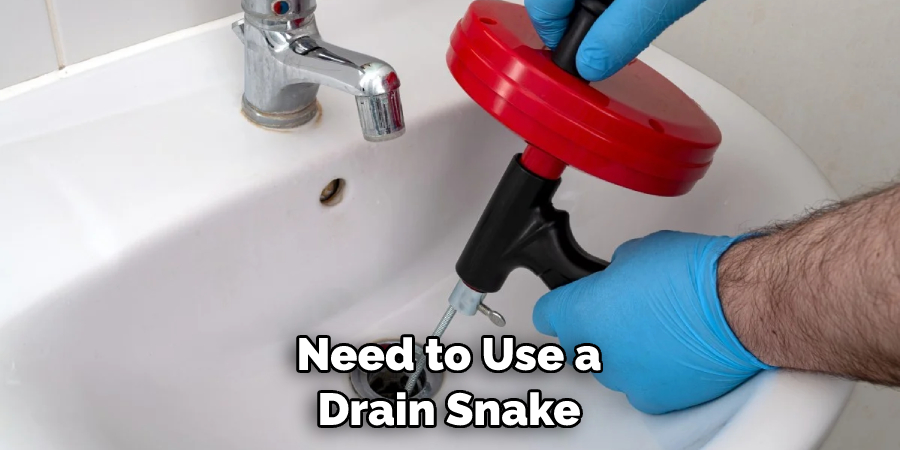
5. Clean Out P-Trap:
Once all of the debris has been removed from the inside of your sink’s drain pipe, use your pliers to loosen and remove the P-trap (the curved piece at the bottom of your sink). Empty out any water or debris inside of it before replacing it back onto your sink’s drainpipe.
6. Reattach Drain Stopper:
After cleaning out your P-trap and ensuring there are no blockages in your drainpipe, reattach your bathroom sink’s stopper using its screws and tighten them with your screwdriver until they are secure again.
7. Test It Out:
Now that everything is back together again, turn on both hot and cold water taps simultaneously for 30 seconds each time so as to flush out any remaining debris from the inside of your pipes and test if everything works correctly again by plugging up each tap separately 15 seconds each time with either a cloth or sponge ball before unplugging them again both at once for another 30 seconds each time just like before.
8. Check for Leaks:
After testing out both taps with cloths/sponge balls as mentioned above, check for any leaks coming from underneath or around either tap by running hot & cold water through them simultaneously again but this time only for 15 seconds each time instead like before.
If there are no leaks, then everything should be working correctly now! However, if there are still some leaks present, then go back to steps 6 & 7 & repeat them again until no more leaks appear when testing out both taps as mentioned above.
9. Clean Up :
Once everything is working correctly, clean up any mess made during this process, such as used cleaning tools, rags, sponges etc. & adequately dispose of all waste material collected during this process into an appropriate bin/container.
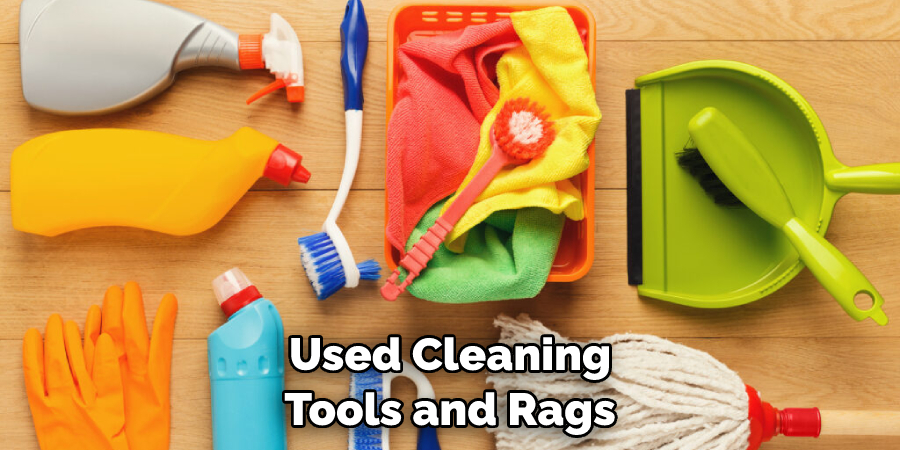
10. Maintenance:
To ensure the proper functioning of both taps in the future, make sure they are regularly checked & serviced every 6 months or so, depending on usage. This will help prevent any sudden breakdowns due to lack of maintenance which could lead to costly repairs!
Things to Consider When Opening a Bathroom Sink Drain
When attempting to open a bathroom sink drain, there are several things to keep in mind. First and foremost, it is important to make sure that the environment in which you are working is safe and free from any mess. This means all electrical outlets should be turned off, and anything that may be hazardous should be cleared away. In addition, protective equipment such as goggles or a face mask should be worn to ensure safety.
Next, the drain itself needs to be assessed, and any clogs need to be removed. To do this, it is best to use tools such as pliers or a plumbing snake. If the clog is severe, it may be necessary to disassemble the drain pipe and clear out any residual debris that may be stuck.
Once the drain is clear, it is time to replace any seals or hardware that may have become worn over time. If necessary, new parts can be purchased from a local hardware store and installed using basic tools.
Additionally, it is recommended that any corrosion or other damages be addressed before installing the new pieces. This will help to ensure the longevity of the newly installed components and keep the drain from becoming clogged again.
Common Mistakes to Avoid
When attempting to open a bathroom sink drain, there are some common mistakes that should be avoided.
- Not using the correct tools: It is important to have the right tools for the job. If the wrong type of wrench or pliers are used, it may not only cause damage to the pipes but also make it more difficult to remove them.
- Not using enough force: It is important to use enough force when trying to open a bathroom sink drain, but not too much. Applying too much force can cause the pipes to break or even damage the sink itself.
- Not wearing gloves: When attempting to open a bathroom sink drain, it is important to wear gloves to protect your hands from any sharp edges or hot surfaces.
- Not shutting off the water: Before attempting to open a bathroom sink drain, it is important to shut off the water supply to prevent any leaking from occurring. Once the drain is opened, the water should be allowed to run out until it stops before continuing with any work on the sink.

Conclusion
In summary, if you’re wondering how to open a bathroom sink drain, the answer is simple: you need to take care of the issue as soon as possible. If left alone, the water can become stagnant, and bacteria run rampant. The tools you’ll need are some very basic – a pair of needle nose pliers or an adjustable wrench should do it.Prying off the faceplate on the overflow pipe will usually reveal the plug inside.
Grab it with your tool and turn it counterclockwise until it loosens up and pulls out of its hole. Now that you’ve successfully opened up your bathroom sink drain, make sure to inspect and clean it regularly to keep things flowing smoothly!

